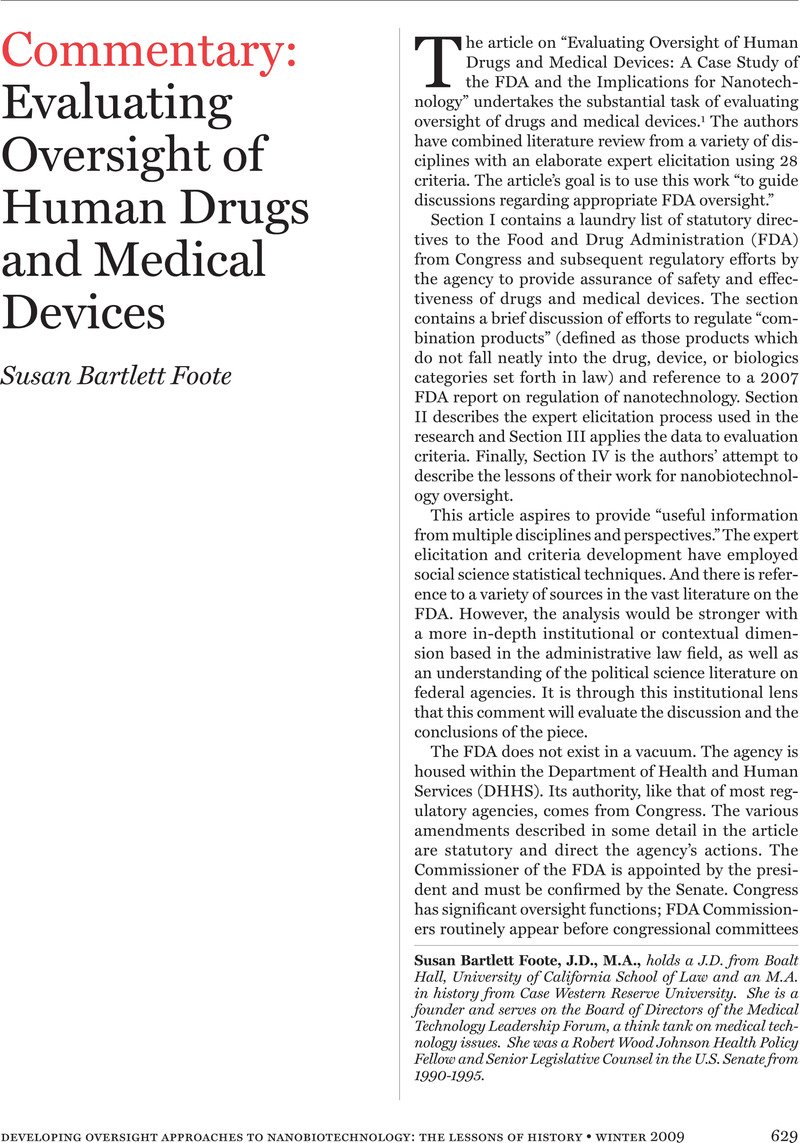Crossref Citations
This article has been cited by the following publications. This list is generated based on data provided by Crossref.
2015.
Medical Devices.
p.
215.
Ramakrishna, Seeram
Tian, Lingling
Wang, Charlene
Liao, Susan
and
Teo, Wee Eong
2015.
Medical Devices.
p.
189.



